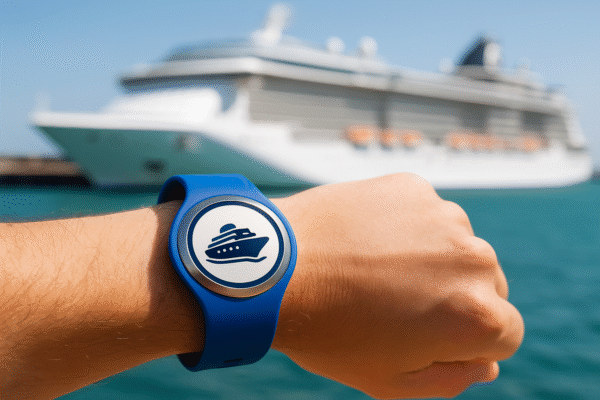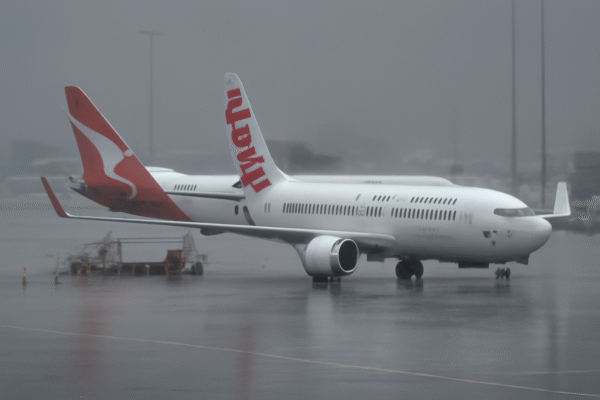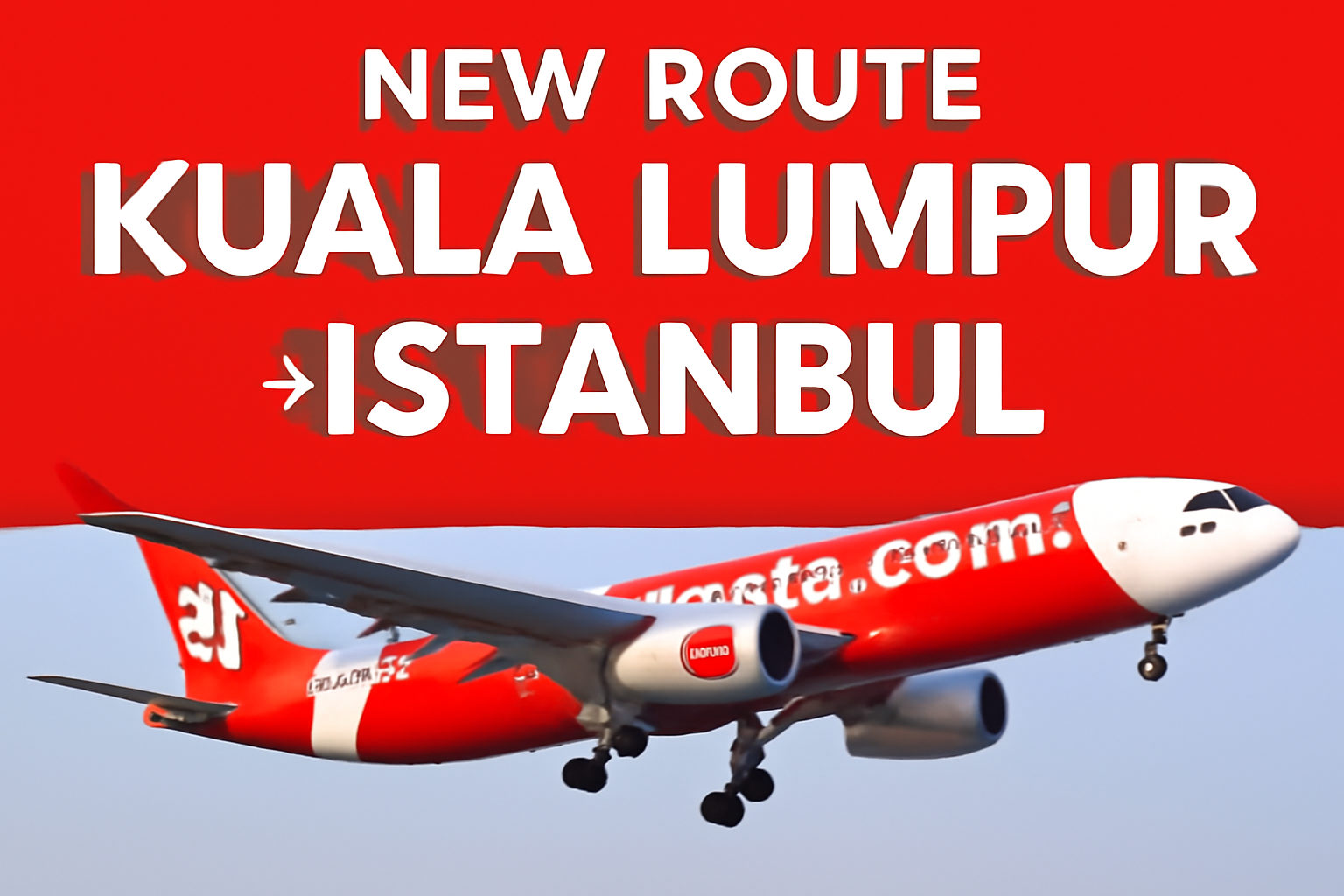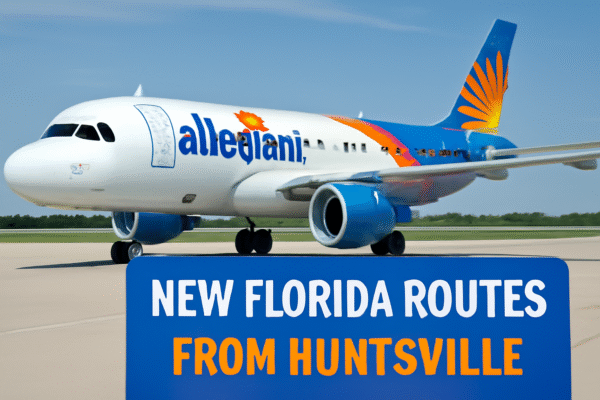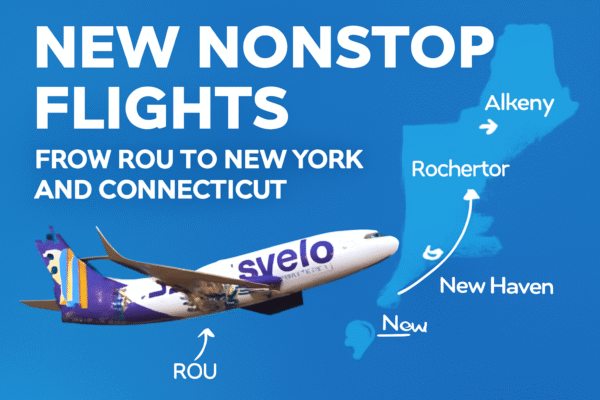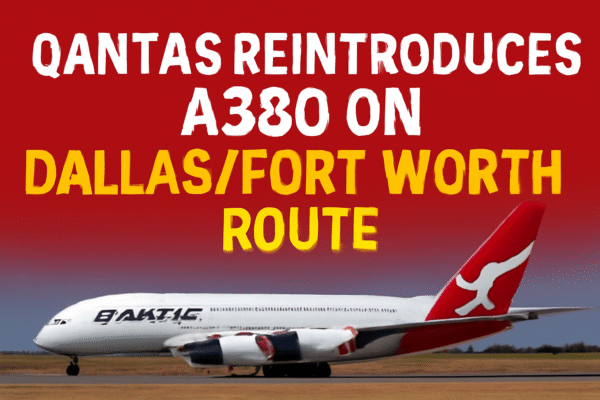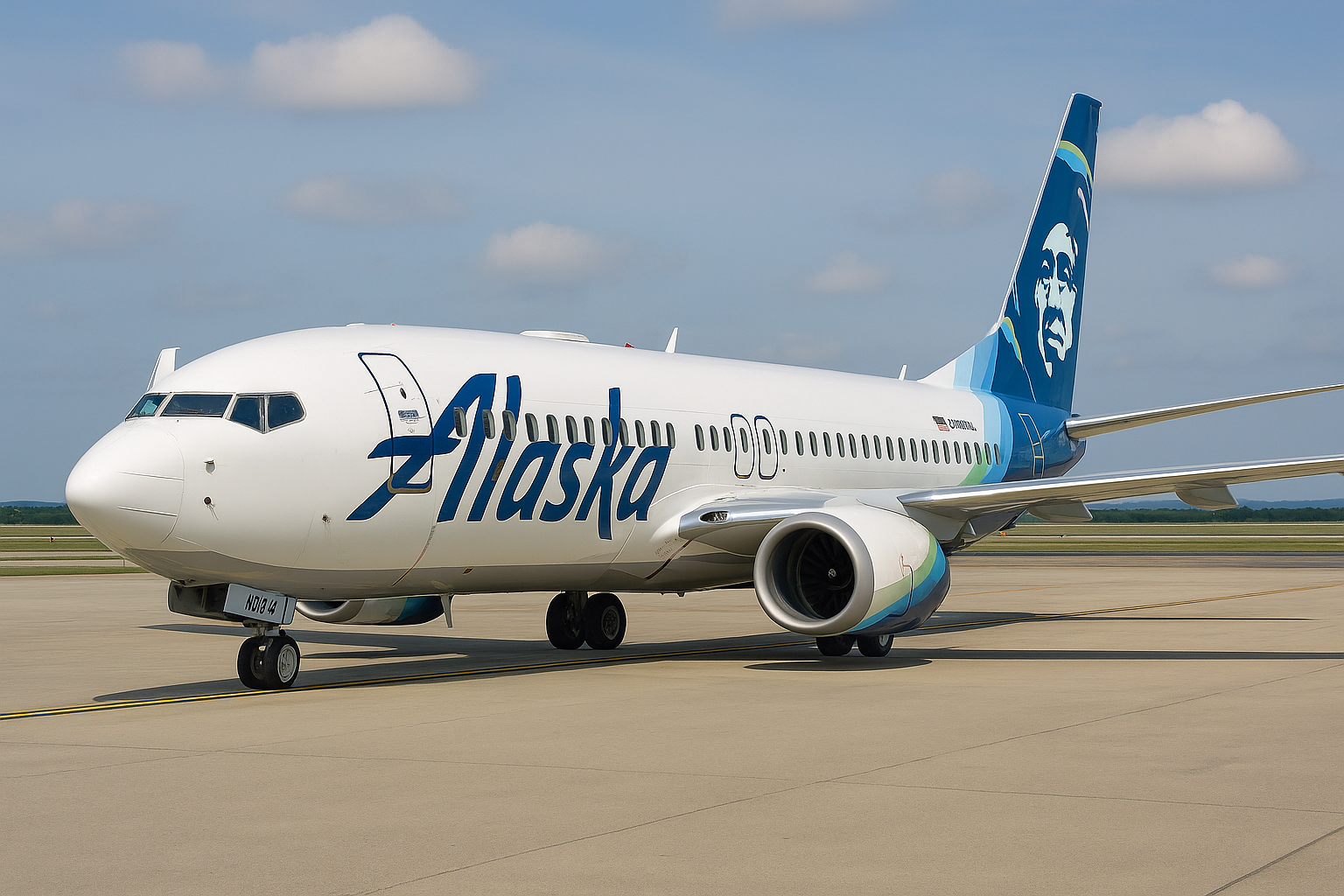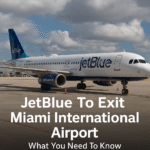In a fresh blow to the embattled aerospace giant, the National Transportation Safety Board (NTSB) has officially concluded that Boeing was responsible for the mid-air failure of a door plug on Alaska Airlines Flight 1282, marking a significant development in one of the most high-profile aviation safety incidents in recent years.
The alarming event occurred on January 5, 2024, when a Boeing 737 Max 9 aircraft en route from Portland, Oregon to Ontario, California lost a fuselage panel just six minutes after takeoff. At an altitude of 16,000 feet and traveling over 400 mph, a deafening boom shattered the calm inside the cabin as a door plug panel tore away from the fuselage. Passengers reported a terrifying decompression that violently sucked phones, belongings, and even a shirt off one man’s back.
Despite the chaos, pilots managed to return the aircraft safely to Portland. Seven passengers and one flight attendant sustained injuries, but thanks to the swift actions of the flight crew, no fatalities occurred. NTSB Chair Jennifer Homendy, presenting the final findings after a 17-month investigation, commended the crew but asserted, “The crew shouldn’t have had to be heroes. This accident never should have happened.”
What Went Wrong
The NTSB found that four critical bolts intended to secure the door plug had been removed during routine maintenance to replace damaged rivets but were never reinstalled. The safety agency pinned the fault squarely on Boeing, citing systemic manufacturing failures and a lack of adequate quality control.
Workers at Boeing’s facilities reportedly felt intense production pressure and sometimes performed tasks beyond their qualifications, including removing and replacing door plugs. These admissions pointed to troubling internal practices that raised red flags about Boeing’s commitment to safety.
Further criticism was directed at the Federal Aviation Administration (FAA), which failed to detect the oversight during its standard inspections. The NTSB urged both Boeing and the FAA to address these systemic gaps immediately.
Redesign and Regulatory Response
In response to the findings, Boeing and its supplier, Spirit AeroSystems, have initiated a redesign of the door plug system on the 737 Max model. The new mechanism aims to ensure that panels remain sealed even in the absence of bolts. However, the FAA is unlikely to greenlight the modification before 2026, delaying a full rollout.
The NTSB has pressed the FAA to expedite the approval process once safety is validated. Both agencies have acknowledged progress, particularly since Kelly Ortberg took over as Boeing’s CEO in mid-2024. Boeing has since implemented stricter employee training protocols and internal audits to reinforce safety practices.
“We regret this accident and continue to strengthen safety and quality across our operations,” Boeing said in a statement.
The FAA added, “We have fundamentally changed how we oversee Boeing since the Alaska Airlines door-plug accident. Weekly evaluations of progress and challenges remain ongoing.”
History of Safety Challenges
This is not Boeing’s first major safety controversy surrounding the 737 Max series. Between 2018 and 2019, two Max 8 aircraft crashed in Indonesia and Ethiopia, claiming 346 lives. These events prompted a global grounding of the 737 Max fleet and intense scrutiny over Boeing’s manufacturing culture.
More recently, a Boeing 787 operated by Air India crashed after takeoff earlier this month, killing at least 270 people. Investigators have not yet identified any technical fault in that case, though the timing adds to mounting pressure on Boeing’s public image.
Industry Implications
The findings by the NTSB may have wide-ranging implications across the aviation industry. Airlines operating the 737 Max are likely to face increased inspection requirements, while Boeing could encounter regulatory delays, reduced consumer confidence, and heightened scrutiny in both domestic and international markets.
Insiders suggest that while the aircraft design remains structurally sound, the lapse in manufacturing oversight could result in tighter FAA mandates, a potential dip in airline orders, and a recalibration of airline strategies concerning Boeing jets.
Conclusion
As Boeing navigates one of the most turbulent chapters in its history, the final NTSB report serves as both a warning and a roadmap. The aviation industry, regulators, and travelers alike will be closely monitoring how the manufacturer responds to this new round of accountability.
With new safety protocols in place and leadership changes underway, Boeing hopes to regain trust in a sector where reputation is everything. But for now, Flight 1282 remains a stark reminder of the human and systemic cost when aviation safety standards fall short.
For more travel news like this, keep reading Global Travel Wire

